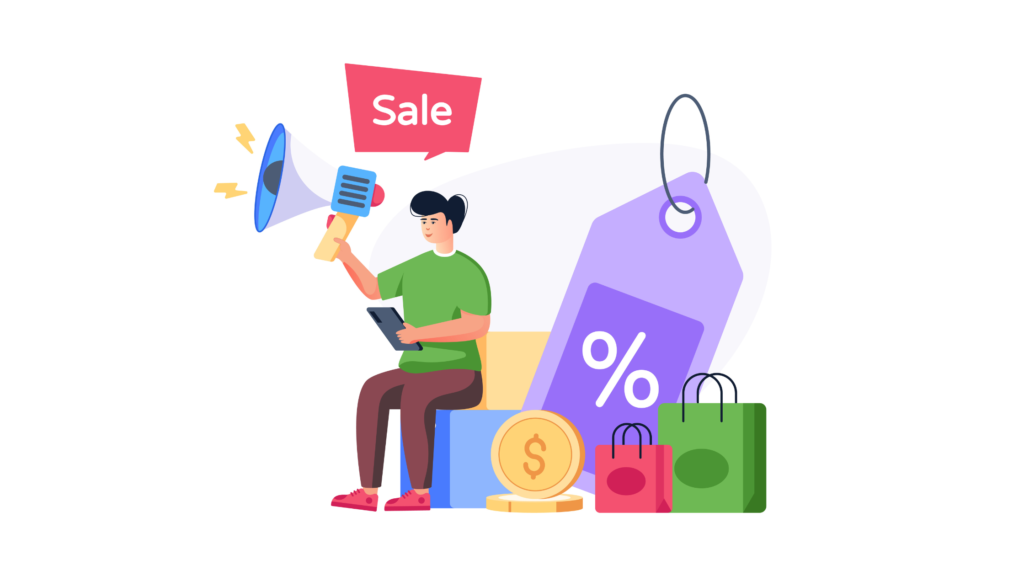Email marketing is an essential tool for driving sales on your Shopify website. It enables direct communication with your customers, helps build relationships, promotes sales, and provides valuable insights into customer behavior and preferences.
10 Steps on How to Use Email Marketing to Drive Sales On Shopify
Using email marketing effectively can be a powerful tool to drive sales on Shopify. Here are some easy email marketing steps to help you get started:
1) Build An Email List:
Begin by collecting email addresses from your Shopify customers and website visitors. You can use pop-ups, signup forms, or lead magnets to encourage people to subscribe to your email list.
2) Choose An Email Marketing Platform:
Select a reliable email marketing platform that integrates well with Shopify, such as Mailchimp, Klaviyo, or Constant Contact. These platforms offer features specifically designed for e-commerce businesses.
3) Segment Your Email List:
Divide your email list into smaller segments based on customer preferences, demographics, purchase history, or engagement level. This allows you to send more targeted and relevant emails to each segment, increasing the chances of conversion.
4) Create Engaging Content:
Develop compelling email content that resonates with your audience. Consider including product recommendations, personalized offers, exclusive discounts, or educational content. Use attention-grabbing subject lines and visually appealing designs to capture the readers’ attention.
5) Automated Email Sequences:
Set up automated email sequences to nurture your subscribers and guide them through the customer journey. For example, you can create a welcome series for new subscribers, abandoned cart recovery emails, or post-purchase follow-ups to encourage repeat purchases.

6) Promote Sales And Offers:
Use email marketing to announce sales, promotions, or new product launches to your subscribers. Offer exclusive discounts or early access to create a sense of urgency and encourage immediate action.
7) Personalization And Recommendations:
Leverage customer data to personalize your emails. Address subscribers by their names and tailor product recommendations based on their previous purchases or browsing history. This personal touch creates room for customer engagement and enhances the likelihood of conversion.
8) Optimise For Mobile:
Ensure your emails are mobile-responsive, as a significant portion of users access their emails on smartphones or tablets. Test your emails across different devices and email clients to ensure they look great and are easy to navigate.
9) A/B Testing:
Experiment with different email elements such as subject lines, call-to-action buttons, or content layouts. Conduct A/B tests to determine what works best for your audience and optimise your email campaigns accordingly.
10) Monitor And Analyse:
Regularly review email marketing metrics such as open rates, click-through rates, and conversion rates. Pay attention to which types of emails generate the highest engagement and revenue. Use the data to refine your email strategies and improve your future campaigns.
Remember to comply with relevant email marketing laws, such as obtaining consent to send marketing emails and providing clear unsubscribe options. Always prioritize building a positive and valuable relationship with your subscribers by delivering relevant and engaging content.

